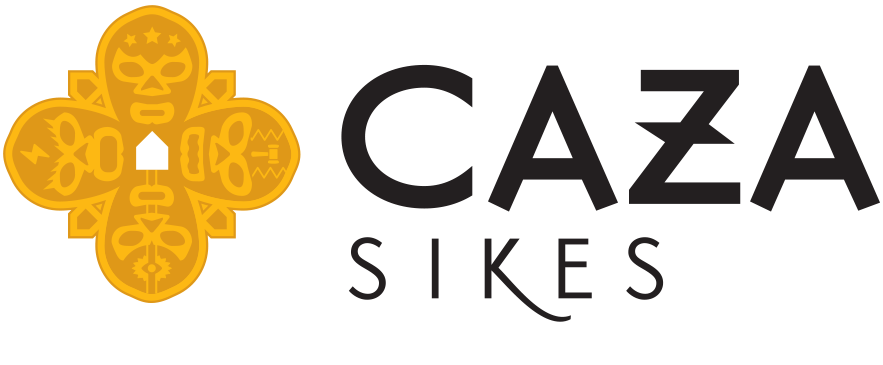Dewey Blocksma
Selected Works
Biography
Born in 1943 in Amarillo TX on an Air Force Base, Dewey Blocksma at the age of 5 found himself on a ship headed for Pakistan where his father, a physician, started a hospital after Partition. Home schooled with an emphasis on the creative arts, these early years fueled his imagination.
After earning an MD from Northwestern in Chicago with graduate training at Dartmouth Affiliated Hospitals in New Hampshire, Dewey practiced Emergency Medicine until 1980 when he gave it up for Art. Although he studied bronze casting with John Pappas at Eastern, he chose to emulate the folk art tradition of making something about one's own experience from materials at hand. His work was included in "American Art of the Twentieth Century," a 1983 book by Johnson and Ketchum.
His work is also influenced by work opportunities in Tanzania, Nigeria, Senegal, and Peru. Over the last 30 years his sculpture and paintings have been shown at the annual Outsider Shows in NYC, the Xochipilli Gallery of Birmingham MI, the Saslow Gallery of Chicago, and the Tamarack Gallery of Omena, MI and many others. His work has been widely reviewed by publications including The New Art Examiner, The Birmingham Eccentric, and the Detroit Free Press. His work is included in many collections including the University of Michigan Museum of Art, the Dennos Museum, the Time-Life Collection of Detroit, and the Johnson Toy Collection of NYC. Blocksma with his sister Mary Blocksma have authored four toy books for children including Easy to Make Space Ships That Really Fly, a Reading Rainbow selection. Starting his artistic journey as a kid, Blocksma used to assemble sculptures made from driftwood on the beach and would make animals and people. "That just kept me going. I always used to make things and I would make my own toys, too," he said. Blocksma explains that he moved with his family to Holland around the time that he was 10, and he was home-schooled which furthered his curiosity and need to create art. "We had a very creative start with home-school. From then we moved to Grand Rapids, and I went to college to become a physician, but I quit all of that in the '80s to follow art full time," he said.
Blocksma explains that his work is really influenced by folk art and that in Europe, folk art is when you make something that is passed from one generation to another, such as weaving or quilting. In America, it is a more individual based. "Here it is far more eccentric and it's more individually based. It's become more interesting to me than the art I learned in school," Blocksma said. "There was a couple called the Blacks who lived in California in the desert and in order to gain attraction to a flea market they had they made figures that were driven by the wind. The art they were making wasn't to get famous or sell things, they were just trying to attract attention to their flea market. Their work really impressed and inspired me," he said. Continuing with his tradition of creating from driftwood on the beach and what he could find, Blocksma explains that he constructs his artwork by taking from what he has around him and making it his own. Blocksma moved to Beulah in 1990 and since then has been showing mostly in galleries and exhibits near Traverse City. Blocksma has also shown his artwork in Chicago, Los Angeles and all over Michigan. "One thing I take pride in with my work is that now, images are sort of a last track. They are like elevator music," he said. "The more personal your work is and the more it looks like you the better. If you look through the door and see work that is mine, you should know it is mine. It's hard to do that nowadays and that's what I strive for." Sean Miller: Petosky News
PUBLIC and CORPORATE COLLECTIONS
San Francisco Museum of Folk Art, San Franciso, CA
American Folk Heritage Gallery, New York City, NY
Smithsonian, Washington, DC
Boardman River, Traverse City, MI








